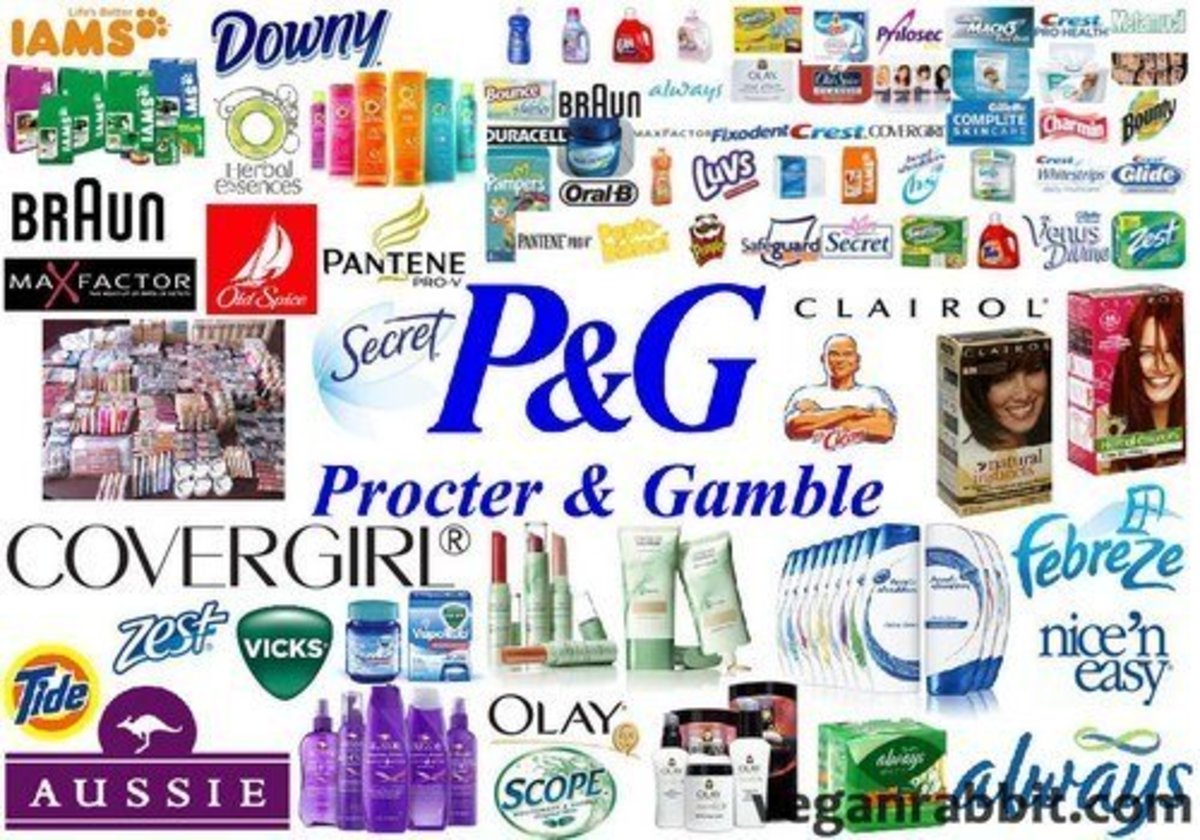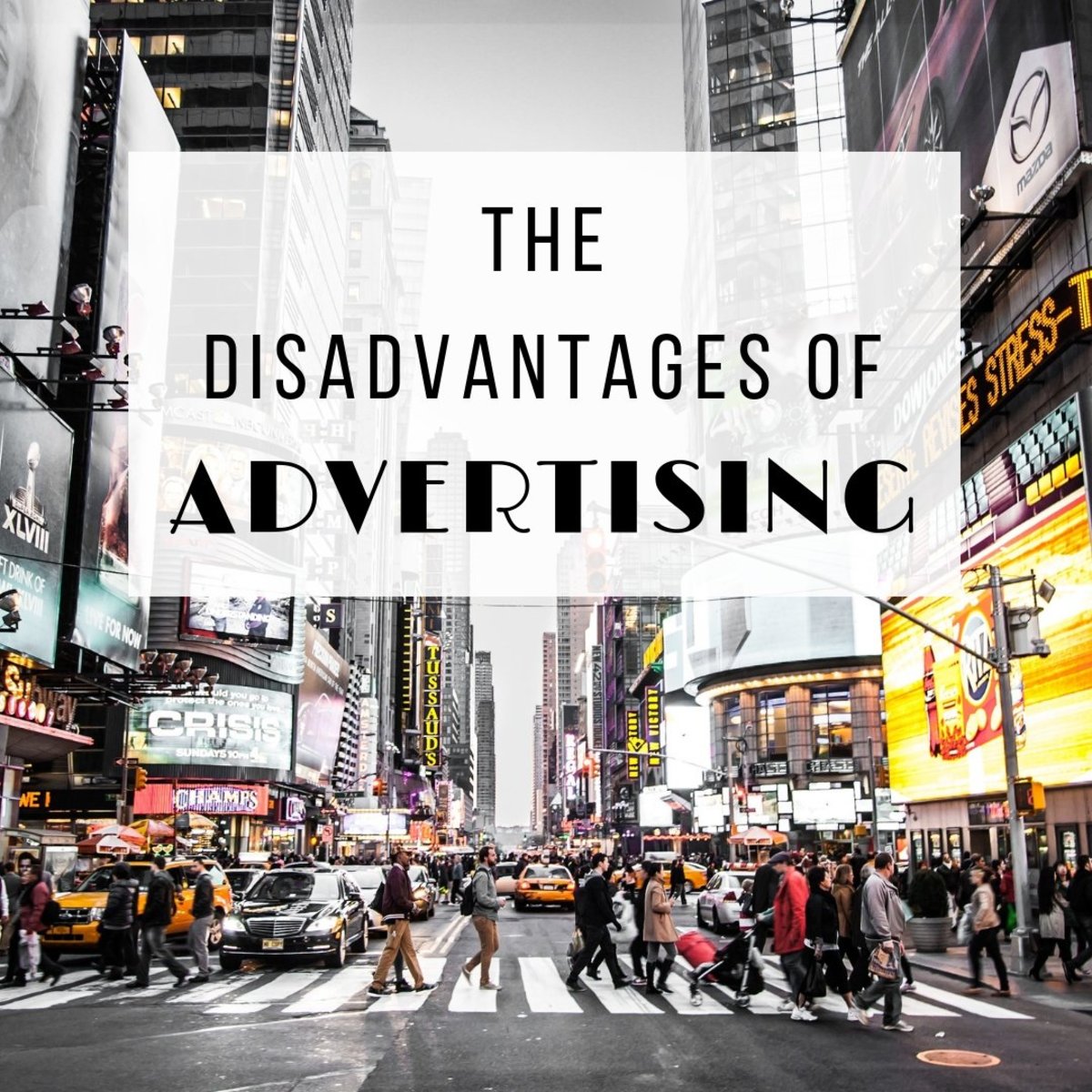How to Write a Creative Brief
For those working in the advertising industry, the creative brief is the bread and butter of account planning. It represents the roadmap that creatives will follow to arrive at great work. Below are the topics commonly found in a creative brief.
Why are we advertising?
Before anything else, you must answer this simple question. What is the entire reason you need to build the advertisement? What is the significance and what are you trying to accomplish? Include topical information about the time period in which you are advertising and certain trends going on that affect your product to support your reasons.
To whom are we talking?
This section highlights your consumer audience. Try to be as specific as possible about this group in relation to your product. What demographics are they comprised of (age, location, gender, etc.)? What are their motivations? Why would they be looking for such a product?
What do they currently think?
What is going on in your target audience's mind right now, before your ad hits the public? What barriers are they looking to overcome that your product can solve. It helps to word this section in a quotation format, you take the point of view of a member of your target audience and discuss how you have a problem and how such a product could solve it.
What do we want them to think?
Again, use a quotation to show how your product can solve the audience member's problem. This quote should almost be a direct response to the quote in the previous section, but it should sound authentic. It is what you want your target audience to think after they come into contact with your ad.
What is the single most persuasive message we want to convey?
By far, the most important section. In a sentence, describe the ONE idea you want your audience to take away after being exposed to your ad. Be clear and concise as this single sentence will steer the creative ship more than any other section. It should pretty much sum up the entire document.
Why should they believe it?
Here is where you list your proof points. Explain all reasons inherent to the product why it fulfills the needs of the consumer, and why it solves the problems you touched on in earlier sections. Include as many support points as you can.
When is the audience most receptive to this message?
Discuss the time(s) and place(s) your target audience will be most susceptible to your advertising. Is it in the car on the drive home from work, or maybe during late night television. Make sure to use truisms about your audience to support your logic.
What are the creative guidelines?
Here is where you list all of the mandatories for creatives such as what medium you are using (radio, television, print, OLA, etc.), any legal statements, as well as geographic locations.
So there you have it. Answer all of those questions and you will be well on your way to writing a fantastic creative brief. Remember, to support your points while being succint as the more focused you can be the easier it will be for creatives to understand your vision for the ad. Which leads us to the cardinal rule of writing creative briefs: keep it to one page. They are called creative BRIEFS for a reason!








